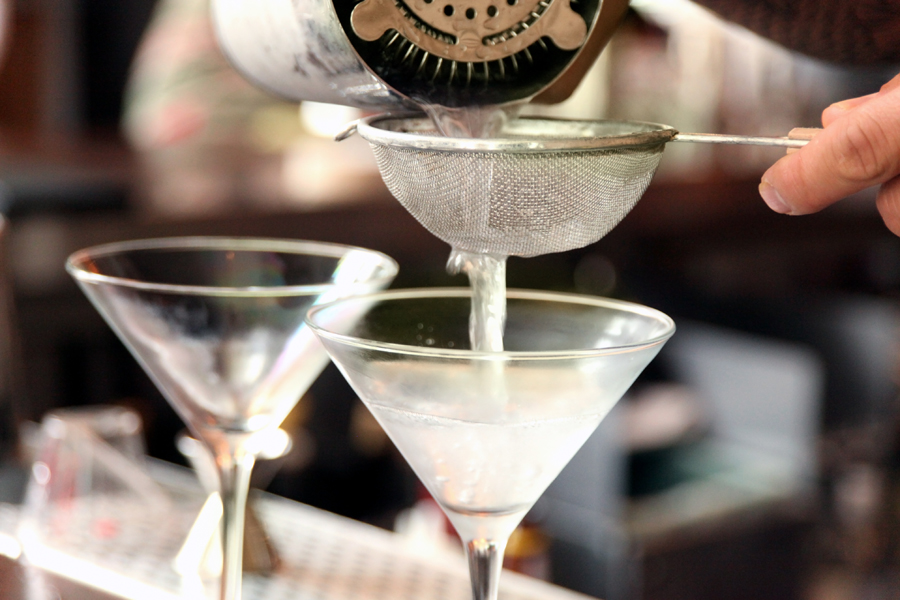
 The right data lets you personalize your message, no matter what your market. Consider this example out of the tourism industry from Morgan & Co., a media agency owned by EO Lousiana member Eric Morgan.
The right data lets you personalize your message, no matter what your market. Consider this example out of the tourism industry from Morgan & Co., a media agency owned by EO Lousiana member Eric Morgan.
A Millennial, a Gen Xer, and a Baby Boomer walk into a swanky hotel bar. They sidle up to the three feet of marble that separates them from the smooth-talking bartender and order the house special. Let’s call it a martini.
Waiting for the punch line?
This isn’t the beginning of an old joke. It happens all the time in New Orleans, Savannah, Los Angeles, and any number of other tourist destinations. That’s because there’s a lot of crossover among generational demographics when it comes to travel.
There’s also a lot of competition among hotels, bars, restaurants, and other hospitality industry businesses. How many bars in New Orleans offer “the best” martini in town? Logically, there can be only one. So how does a tourist—whether a Millennial, a Gen Xer or a Baby Boomer—decide which business to trust?
The obvious answer is advertising, but that’s not the whole answer. If it was, those thirsty tourists would still be standing around scratching their heads because all of the bars made the same blanket claim: New Orleans’ Best Martini.
How do successful travel industry advertisers attract and convert tourists?
The more sophisticated answer—the one that savvy tourism marketers understand and act on—is hyper-targeted advertising campaigns.
Experienced tourism and hospitality marketers are able to attract their ideal clients by grouping broader demographics into narrower, more swayable market segments. They use data on these market segments to craft campaigns that will speak directly to the unique desires and fantasies of each segment.
Let’s get back to those three tourists. How did this particular bar appeal to each demographic?
Did the marketing manager use a blanket campaign to target all potential visitors the way that masked Mardi Gras krewe members sometimes chuck out bags of beads toward the end of their route?
Or did she look for particular people who were already excited about something specific and more gracefully lob a very special set of beads in their direction?
If you know anyone who rides in a Mardi Gras parade, you know how expensive those plastic beads are. And all you have to do is walk down the neutral ground after any parade to see how many of them are left in the dirt by over-saturated bead-seekers. For budget-conscious krewe members, being selective with throws prevents waste and ensures costly beads go home with someone who’ll appreciate them.
Segmented tourism campaigns save money and improve client satisfaction
Like careless bead-throwing, blanket marketing tends to cost more because your possible audience—everyone who might consider visiting your establishment—is already being inundated with similar sweeping marketing tactics from your competitors. Another, often-overlooked side effect of blanket advertising is drawing in tourists who aren’t your ideal clients. This, in turn, may lead to dissatisfaction and negative reviews.
By using segmented data, you can spend your hospitality business’ advertising budget more strategically, targeting those groups who are more likely to appreciate what you have to offer. This creates several benefits for your business, including:
- Greater change for conversion
- Improved advertising budget ROI
- Increased likelihood of client satisfaction
- Increased free, word-of-mouth advertising
Making tourism data more personal through analysis
At Morgan & Co., we use more than 30 innovative audience analysis tools to identify hyper-targeted market segments. But that’s not all we do.
Numbers don’t mean much without a context. That’s why we work with our client to uncover what the numbers say about key cultural and demographic insights. We use the data to gain a better understanding of what different groups of travelers are thinking about and what they’re looking for in their travel experiences.
That empowers tourism and hospitality marketing managers to develop hyper-targeted, cost-effective advertising strategies that capture customer interest. And maybe it’ll bring a few like-minded travelers together in the process.

Eric Morgan has spent 20 years focused on media strategy and promotional advertising tactics, and he loves what he does every day as the founder of Morgan & Co., a media agency based in New Orleans, Louisiana. Eric joined EO in 2008 and has written for EO’s Octane magazine about Hurricane Katrina.
Categories: Media PR/MARKETING
